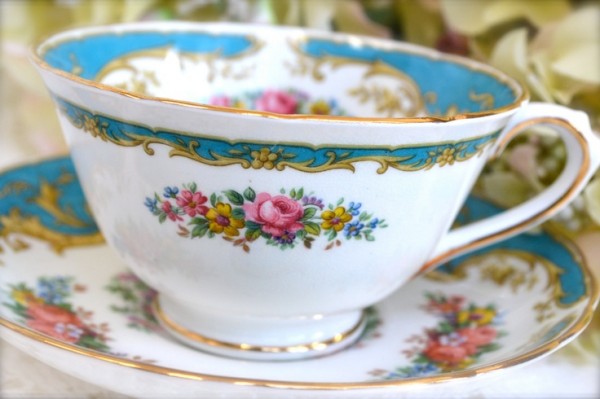There are many modern examples of the beautiful centuries-old tradition of bone-china production. As such, it’s often how they make their products . Since we’re passionate about bone china, we love that question, and we hope you’ll find the answer as exciting as we do. Below we’ll get into the details of making bone china, but here we start with the basics:
What is Bone China?
Bone china is like fine china and other porcelains in that it’s made primarily from kaolin and Cornish stone. Kaolin is the refined form of kaolinite, a mineral known for its low shrink-swell capacity, meaning that it’s resistant to changing shapes. Cornish stone is a type of feldspar mined from southwest England.
The key difference between bone china and other porcelains is that the former also includes a large percentage of cow-bone ash in the mineral cocktail. This gives the final product a translucent quality that makes it a much more appealing shade of white, ripe for decoration, and perfect for high-end kitchenware. The added bone ash also makes these products more durable and chip resistant than other types of porcelain.

History of Bone China
The process for making bone china was developed by the English potter Josiah Spode in Stoke-on-Trent in the 1780s and 90s. Spode was a pioneer of ceramic manufacture, and developed a number of innovative techniques, including one for underglaze printing on earthenware. Not long before his death in 1797, Spode developed a new type of porcelain, which he originally called Stoke china. The name was soon changed to bone china, because ox-bone was among the principal ingredients. After Spode’s unexpected death, his son continued to improve the process for making bone china, which would become the highest class porcelain product by the mid-1800s.
The Making of Bone China
High-quality bone china requires a minimum of 30 percent bone ash in the china clay mixture of kaolin and Cornish stone. Some manufacturers make their products with roughly 50 percent bone ash, which makes for an especially distinguished translucent glow. Two parts bone ash are added to one part kaolin and one part Cornish stone, and the following steps are taken:
1. The bones and stones are ground down to a fine dust, and filtered to remove any large particles that remain, any foreign bodies, and water that hasn’t already been drained away.
2. The mixture is put through a pug mill, which turns it into malleable clay, and that clay is shaped into the desired form, with a combination of machines and hand working.
3. The piece is fired at around 1200°C, before getting turned into a work of dinner-table art through gilding and other decoration techniques.
The process may seem simple when explained step-by-step, but the making of bone china has taken over 200 painstaking years to develop into the high-end art form that many manufacturers practices today. But we’re not complaining. It’s all made worthwhile by the gorgeous, translucent, impeccably white final product that the simple addition of bone ash makes possible and no collection can do without!
By Harry Price
Harry Price is a Freelance writer from the south coast. He lives with his wife and 3 dogs. In his spare time, he enjoys long coastal walks with them all, especially when the weather is wet and windy!
